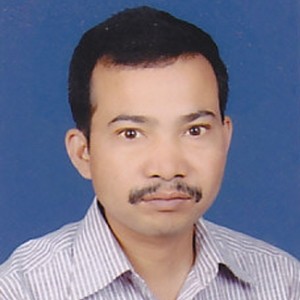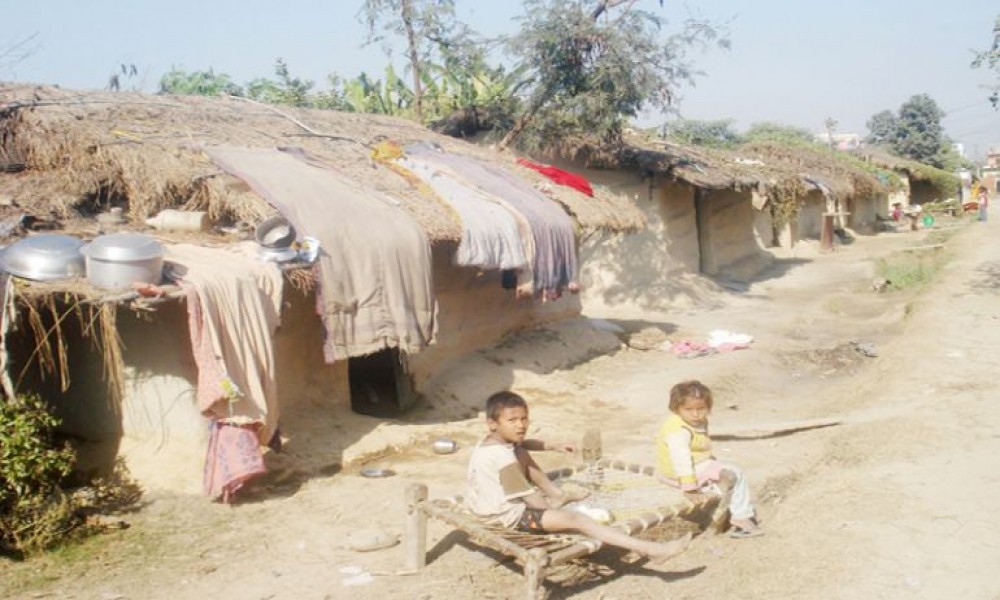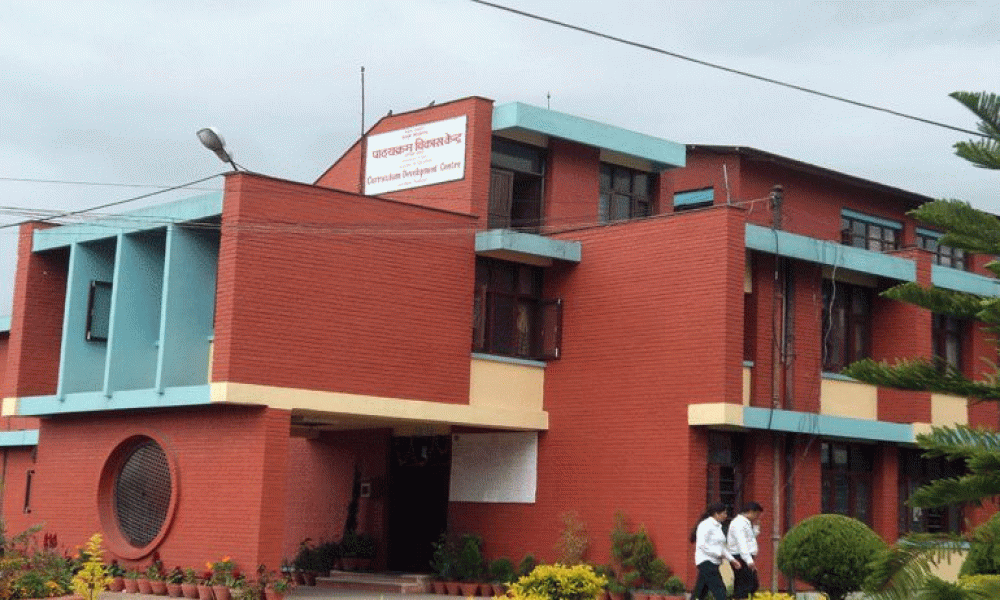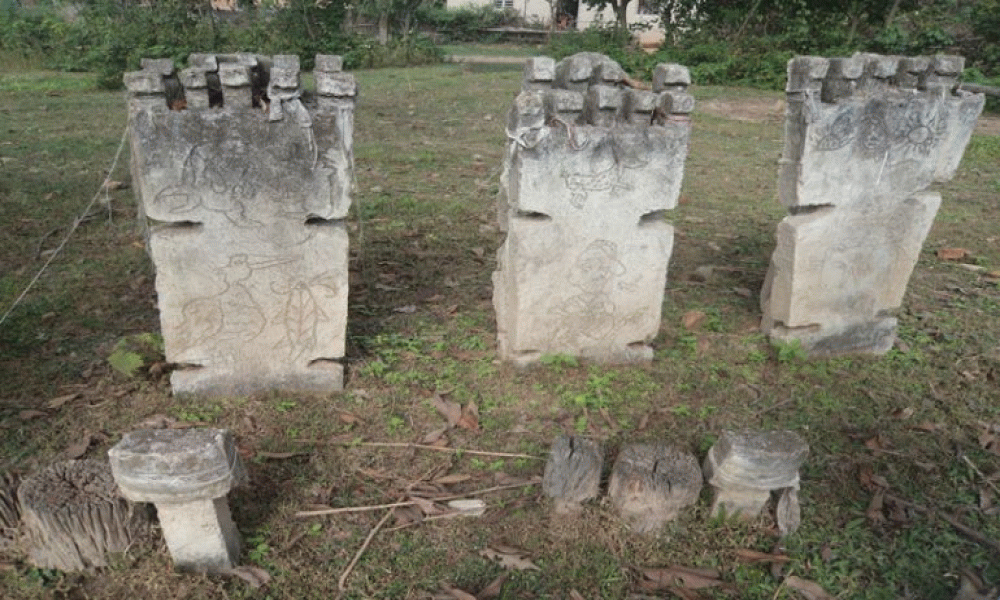All that the state needs to complete the Kamaiya rehabilitation program is a little willpower.
Exactly 15 years ago today, Kamaiyas were freed from slavery which they had been subjected to for decades. On 17 July 2000, the government abolished Kamaiya tradition and declared that those who would be found keeping Kamaiyas will face the music.
That day the freed Kamaiyas celebrated their emancipation by taking out rallies in Kathmandu and some towns in the Midwest. They sang and danced with the hope for a better life ahead.
One and a half decade on, emancipation has meant nothing but just a hollow word for Kamaiyas. The government freed them but did not provide them with lands and means of livelihood, leading them to live more miserable lives than before. After years of struggle by the freed Kamaiyas, the government unveiled a program for their rehabilitation. But rehabilitation turned out to be a more lengthy process than previously thought. Even today, hundreds of Kamiya families are landless and living miserable lives.
The latest updated data shows 27,550 freed Kamaiya families in Dang, Banke, Bardiya, Kailali and Kanchanpur districts. The government claims that all freed Kamaiya families have been rehabilitated in three of the five districts.
The latest updated data shows 27,550 freed Kamaiya families in Dang, Banke, Bardiya, Kailali and Kanchanpur districts. The government claims that all freed Kamaiya families have been rehabilitated in three of the five districts. But what the government claims is on the contrary to ground reality. Even in three districts where the government claims to have accomplished Kamaiya rehabilitation program, many freed Kamaiya families are still landless. Those who have received lands are also vulnerable to floods and away from major towns where they can go and work.
Some say the government emancipated Kamaiyas in a hurry without any preparations. Their argument is true. But they have to understand emancipating Kamaiyas could have turned out to be a more thorny issue if the government had dilly-dallied. In 2000, national and international Non-Governmental Organizations and human rights group had put so much pressure that the government was forced to emancipate Kamaiyas. The situation could not have been as favorable for Kamaiyas as in 2000 had the government put the issue on hold. But the government should have come up with effective Kamaiya rehabilitation packages soon after Kamaiya's emancipation – not necessarily before they were emancipated.
Five years before Kamaiya's emancipation, the government had counted their number and put it at 15,152. When their number was counted again after emancipation, it reached 18,291. As the government delayed rehabilitation program, their number kept rising. Some non-Kamaiya people also claimed them to be Kamaiya to get land from the government, and identifying genuine Kamaiya became more difficult. Genuine former Kamaiya had to suffer from this problem.
Political instability also caused delay in Kamaiya rehabilitation program.
Political instability also caused delay in Kamaiya rehabilitation program. Different governments came up with different Kamaiya rehabilitation programs. King Gyanendra's government announced loan up to Rs 150,000 for Kamaiya and the post-Jan Andolan II government also continued with it. The freed Kamaiya opposed this program and forced the government to take it back.
In 2006, the government decided to give land to freed Kamaiya wherever they had been living after their emancipation. It was a well-come decision. But most of freed Kamaiyas live in jungle area and the Forest Minister is against the idea of transferring ownership of forest land to them. As a result, complete rehabilitation of freed Kamaiya is still far from over.
Some freed Kamaiyas have again returned to their owners as survival is difficult without land or sources of livelihood. The longer Kamaiya rehabilitation program gets delayed, the more Kamaiyas are likely to return where they were enslaved. Therefore, rehabilitation of the freed Kamaiya should be a priority of the government. It will otherwise be yet another crisis. In the past, the government had the Maoist war as an excuse to deter the Kamaiya rehabilitation program. With the war over and the new constitution likely to be drafted, all that the government needs to complete the Kamaiya rehabilitation program is a little willpower.
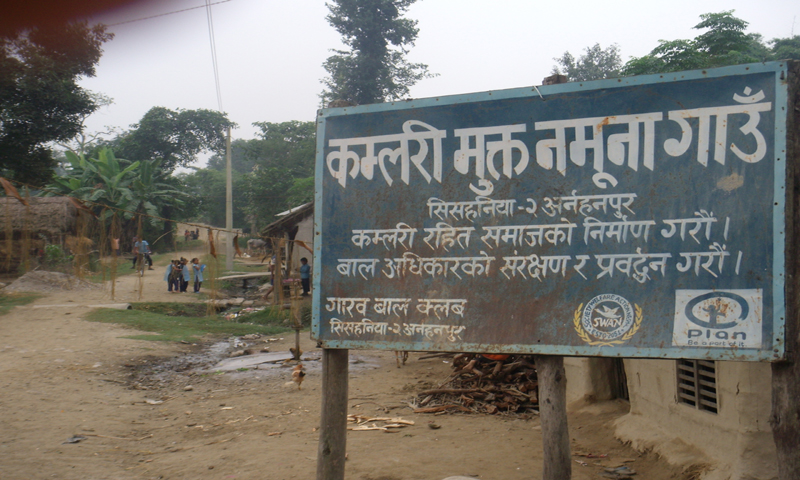
A bill-board reads 'A model settlment of freed-Kamaiyas', Sishaniya-2, Anhanpur 'Let us form a society of freed Kamaiyas (bonded labor) and protect and promote child rights'


